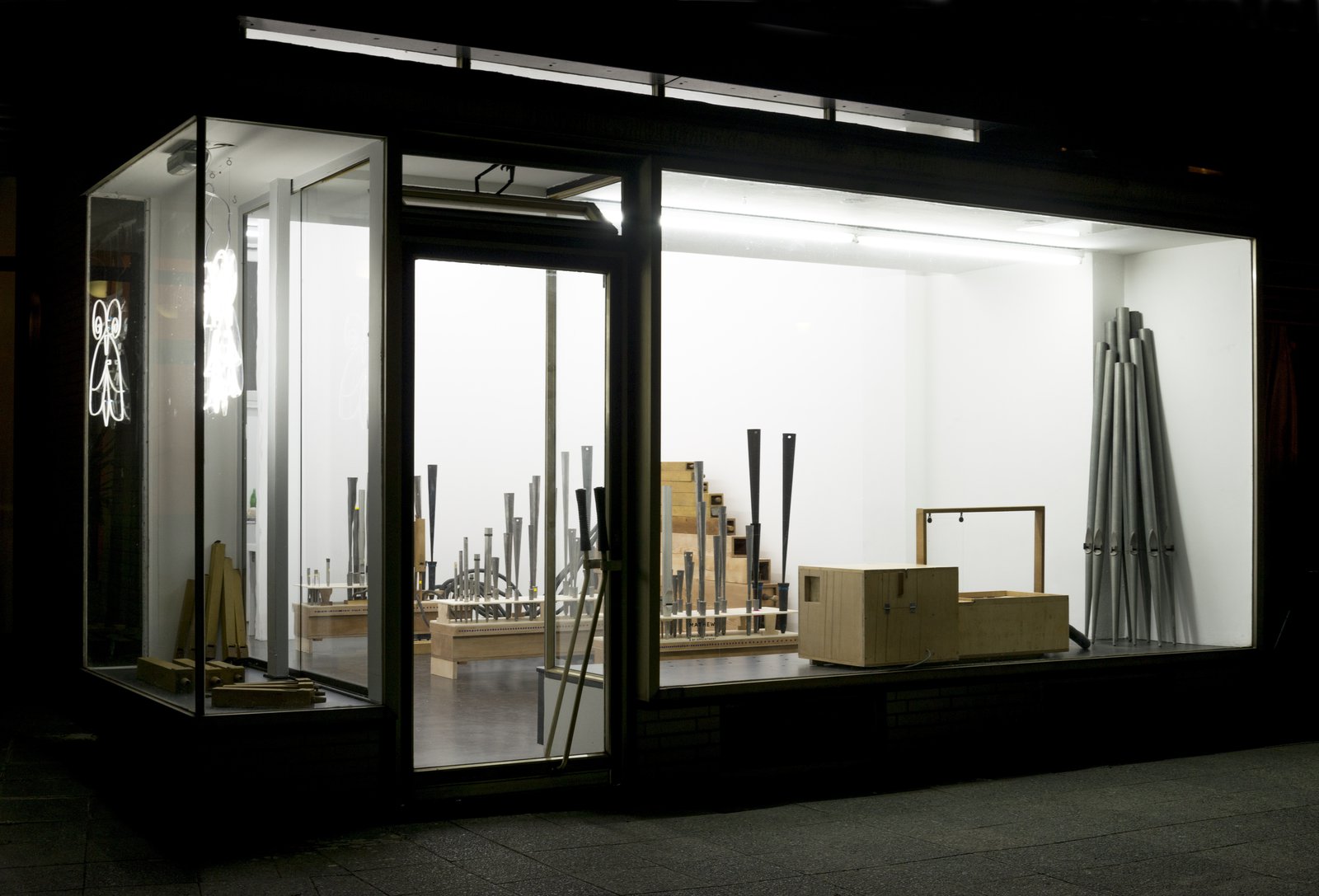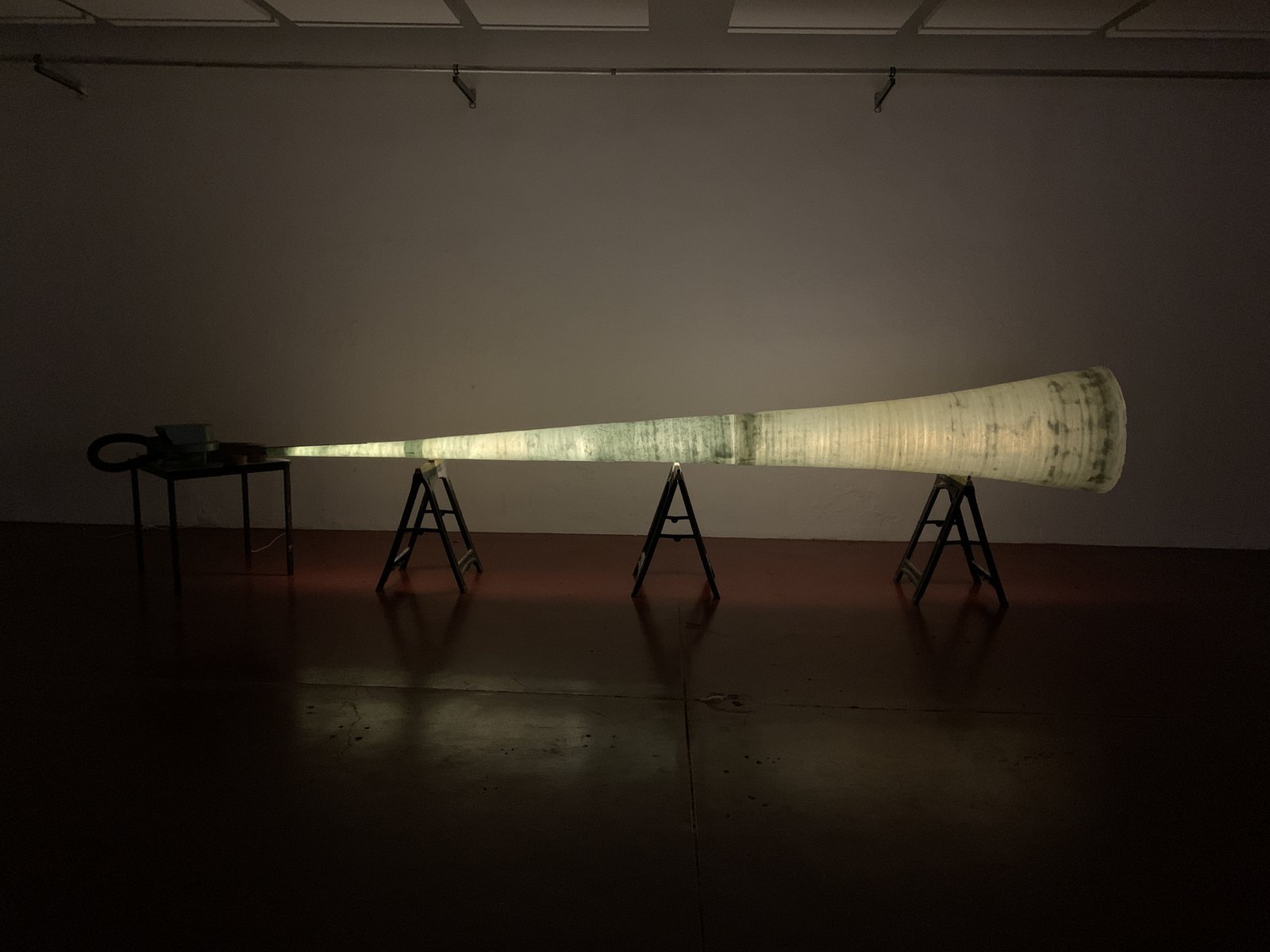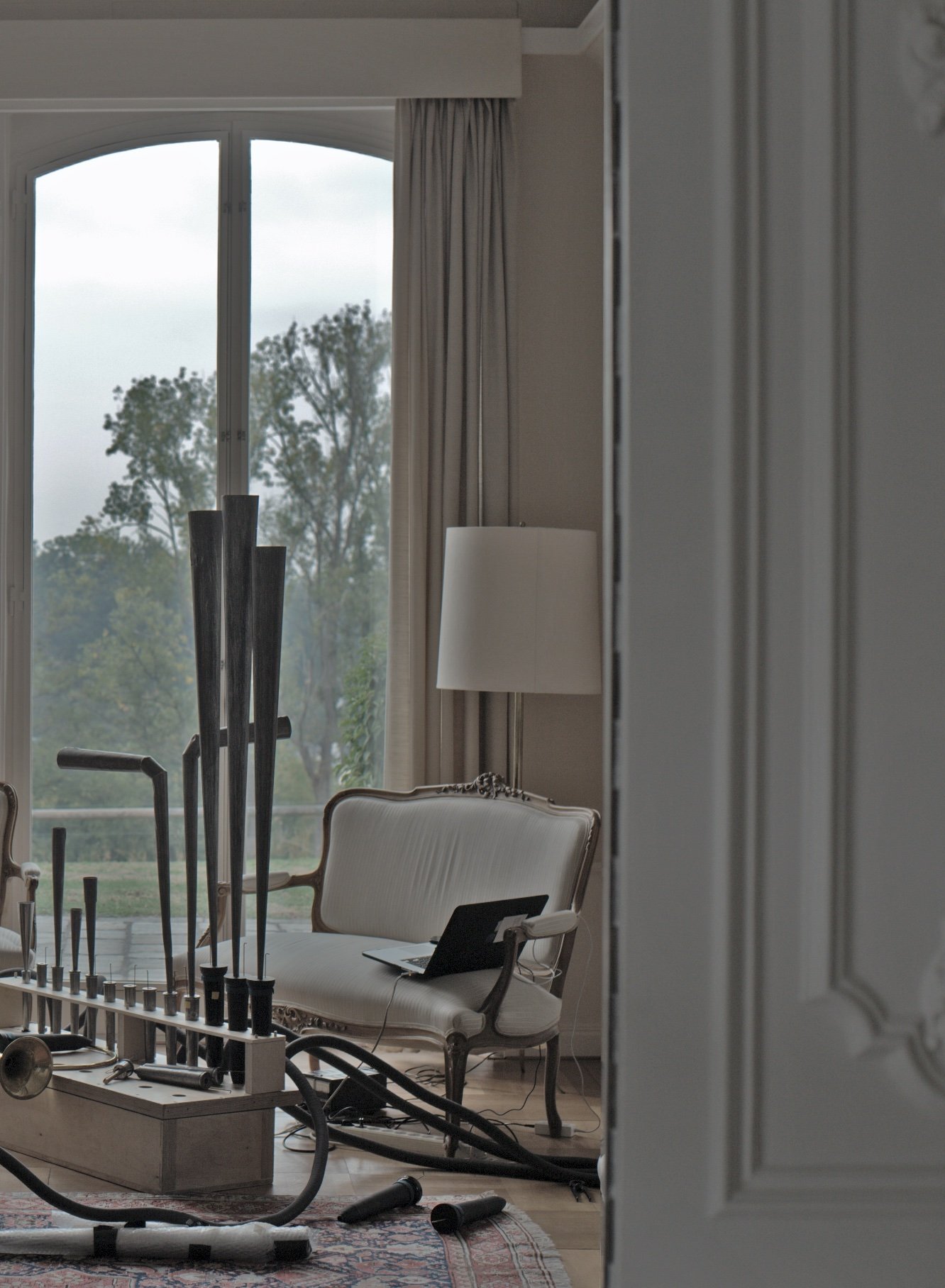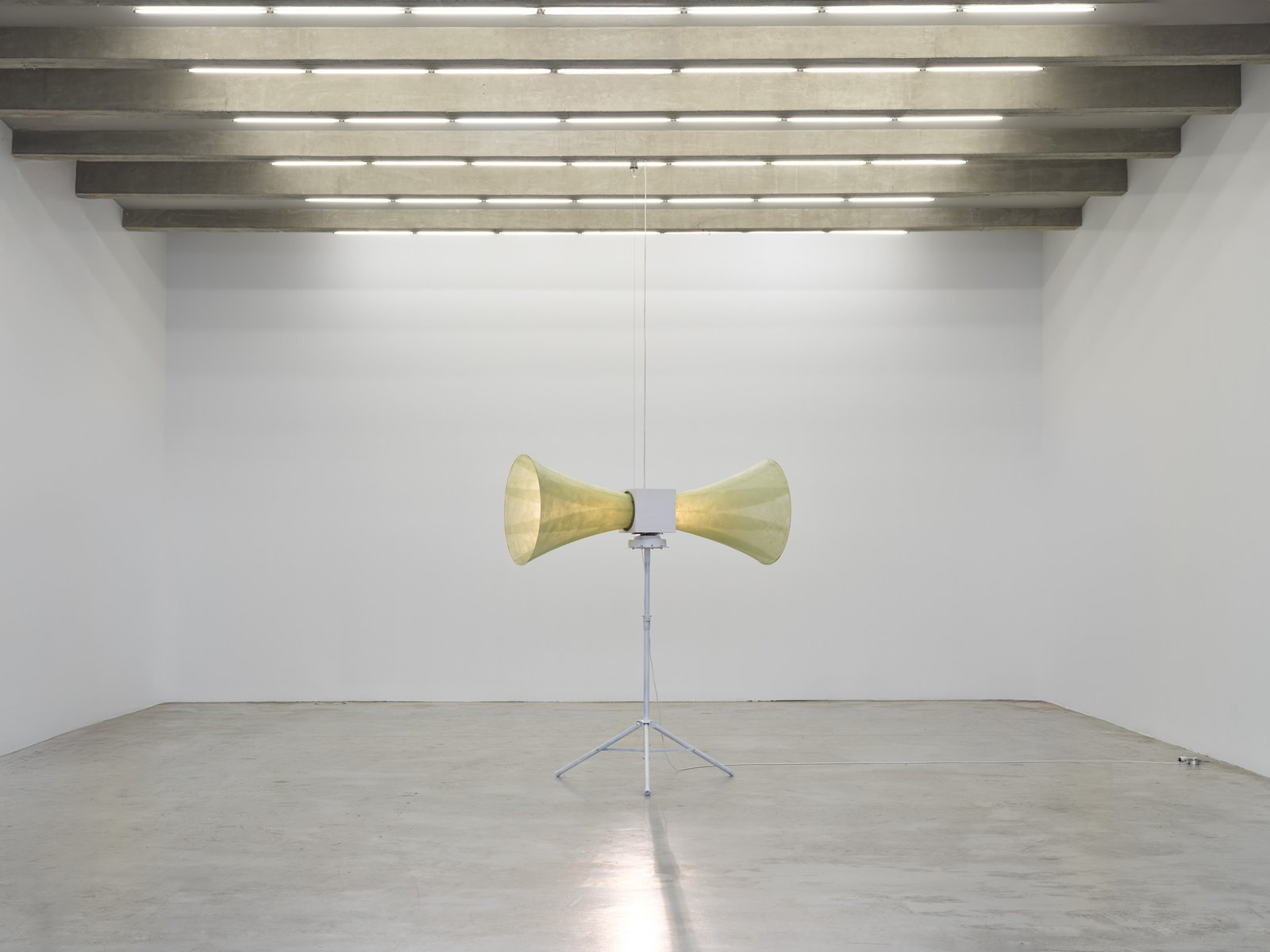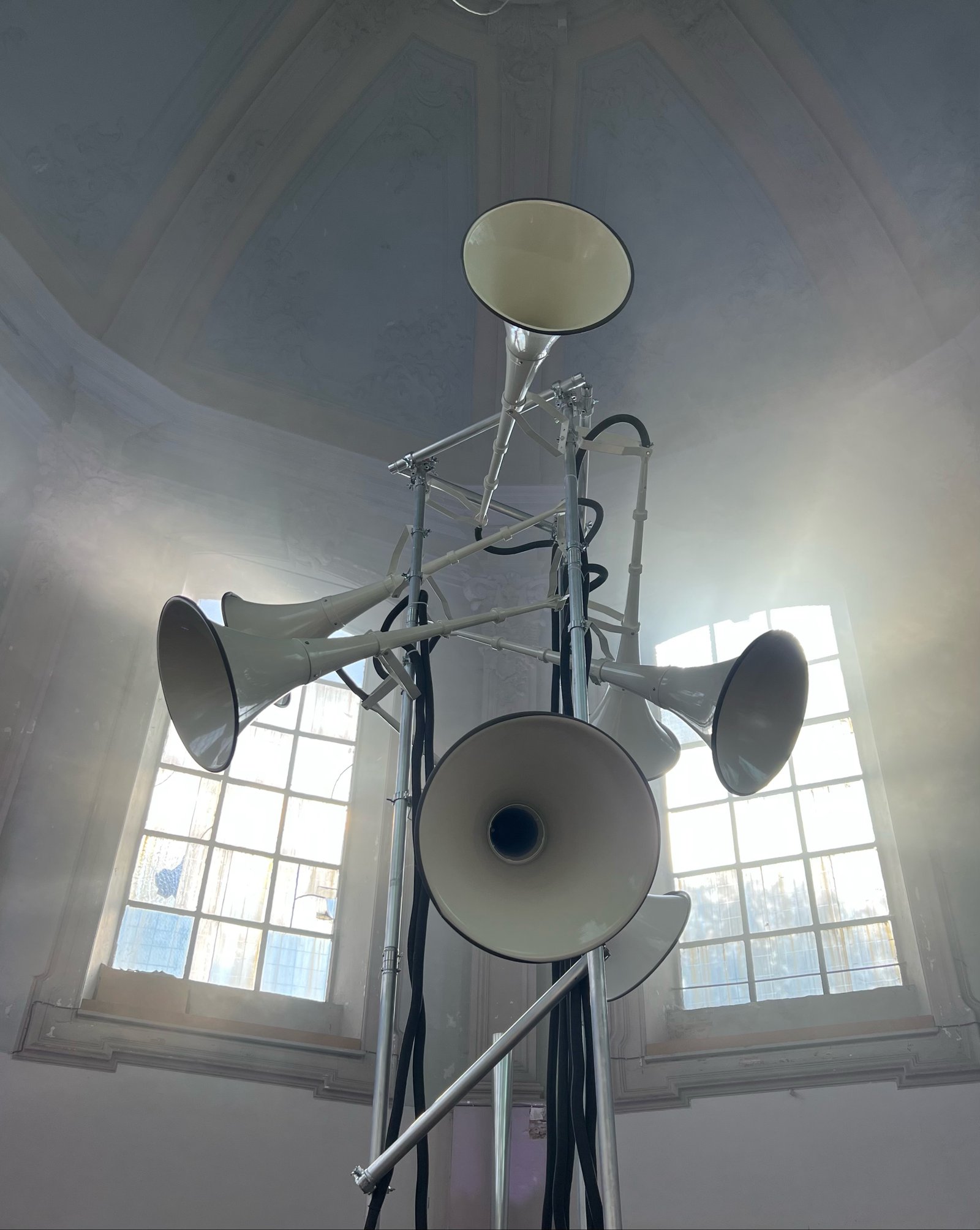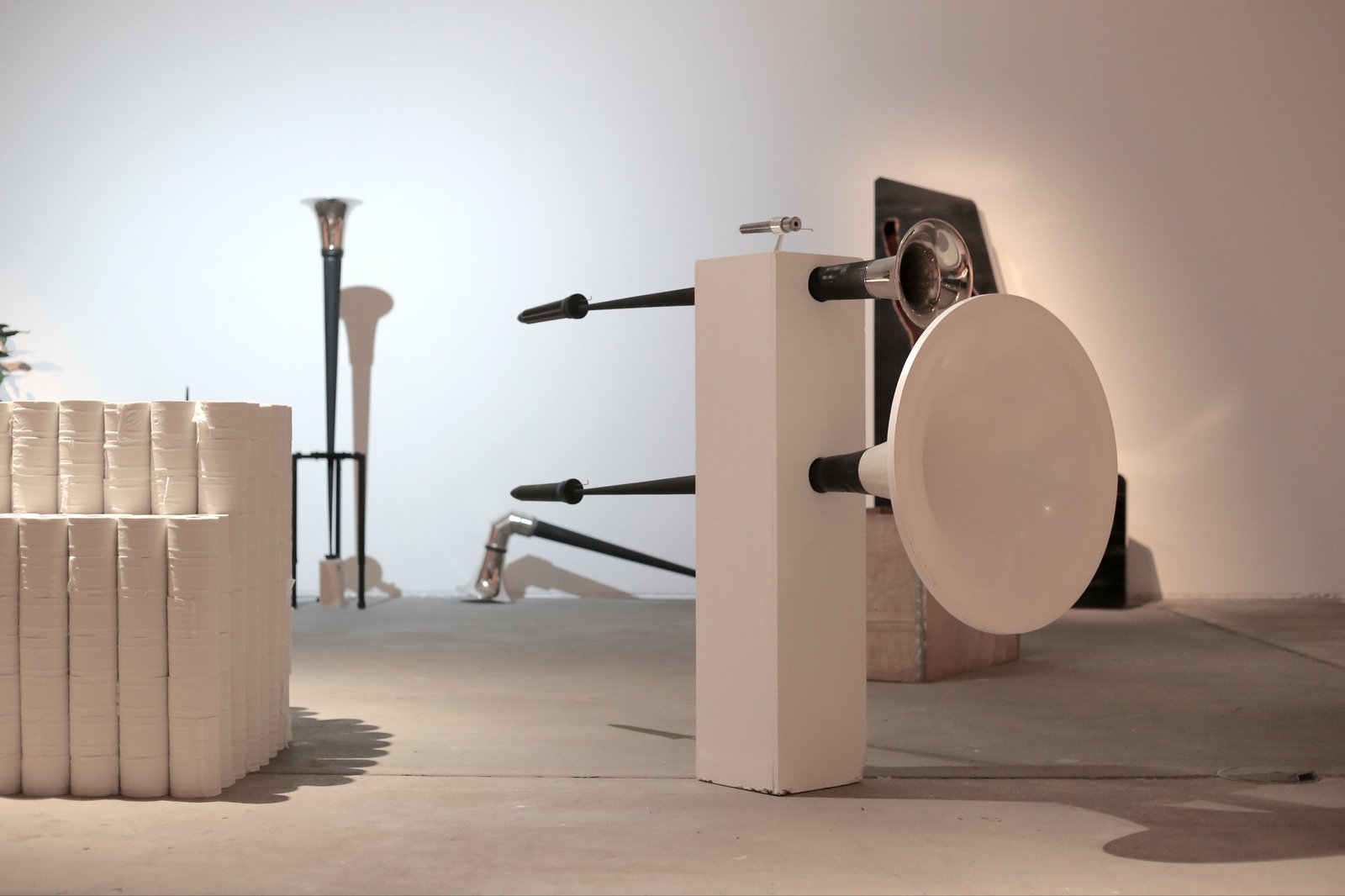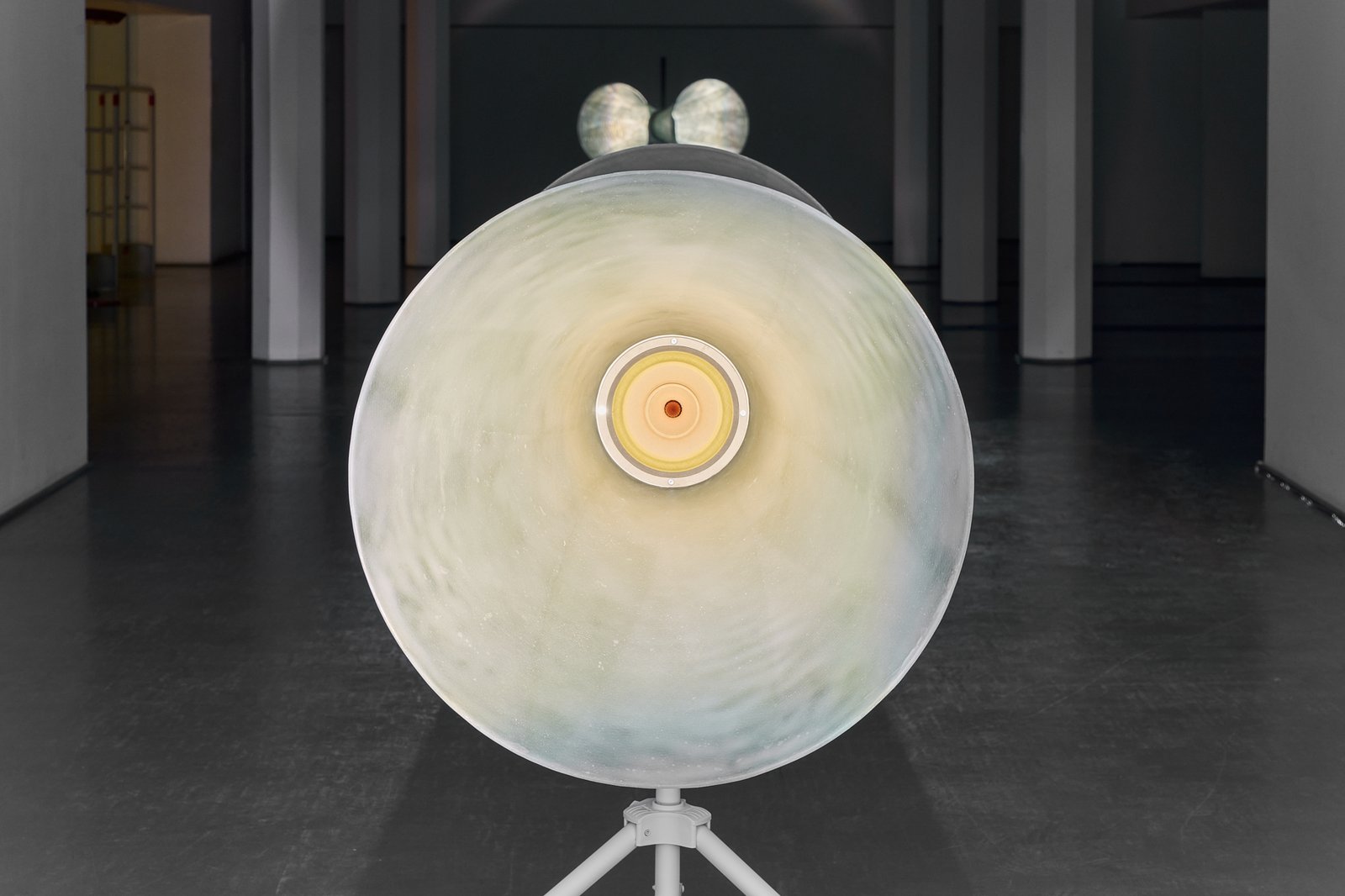
Modular Organ System at Terraforma Exo, Milan, 2024
Installation view by Sarah Indriolo for Threes Productions
Kindly supported by Ifa, Kuboraum and Kira A. Princess of Prussia Foundation
Production: sculptureberlin

Phillip Sollmann/Konrad Sprenger: Pluck System
Installation view by Jan Höhe
The Sound, Monheim 2023
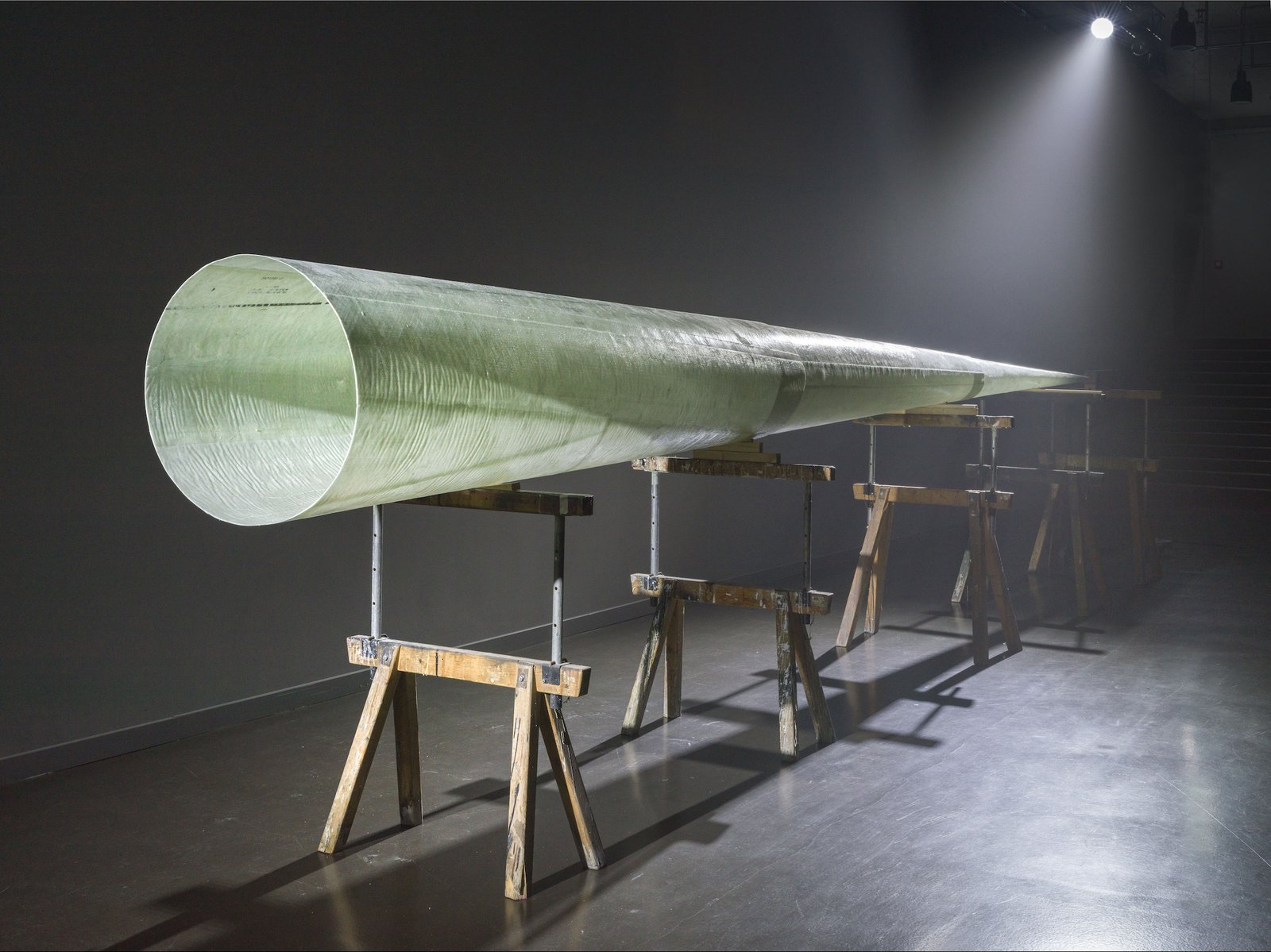
Picture: Roman März
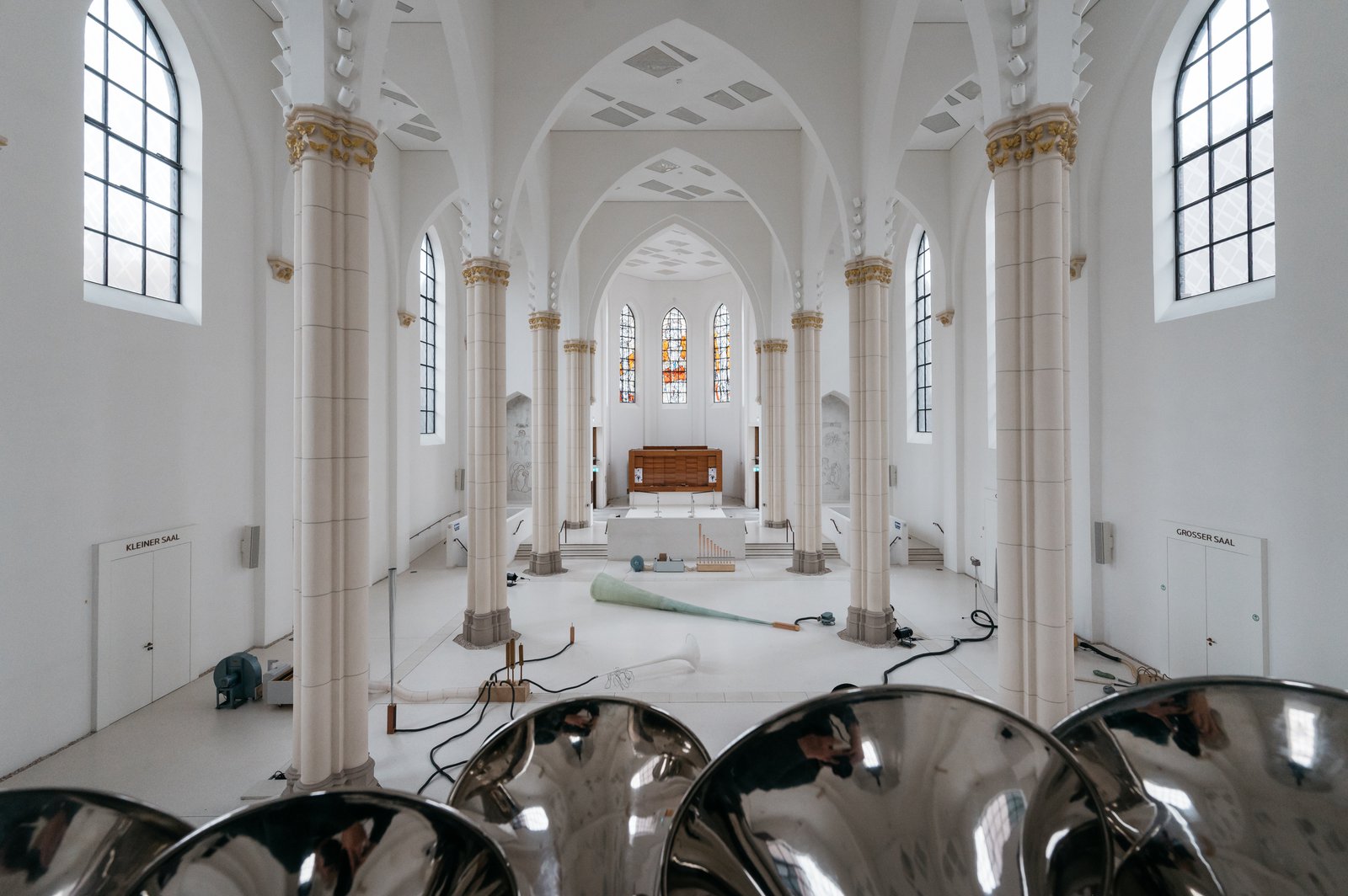
Modular Organ System
Anneliese Brost Musikforum Ruhr
Dive Festival 2021
Picture: Daniel Sandrowski
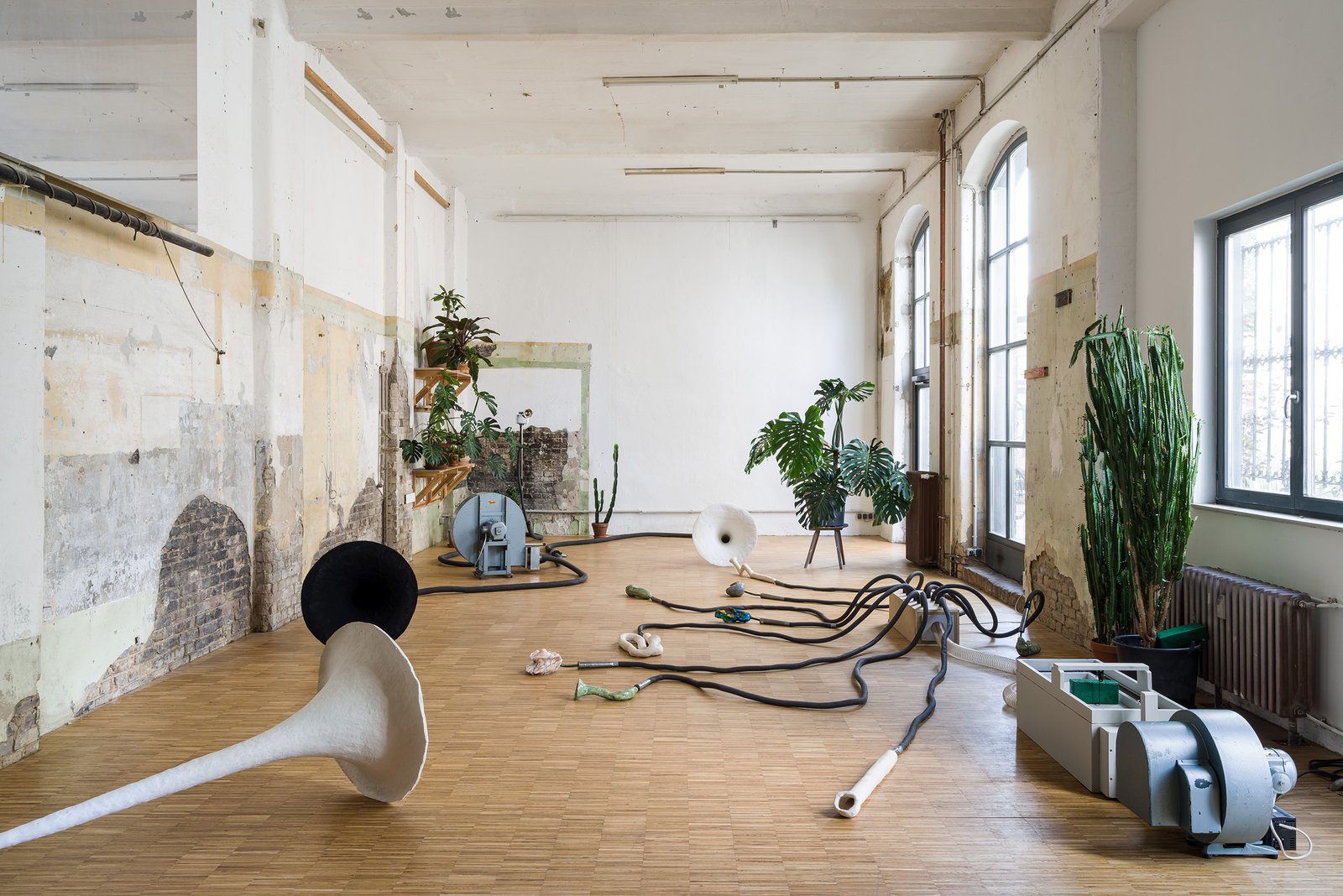
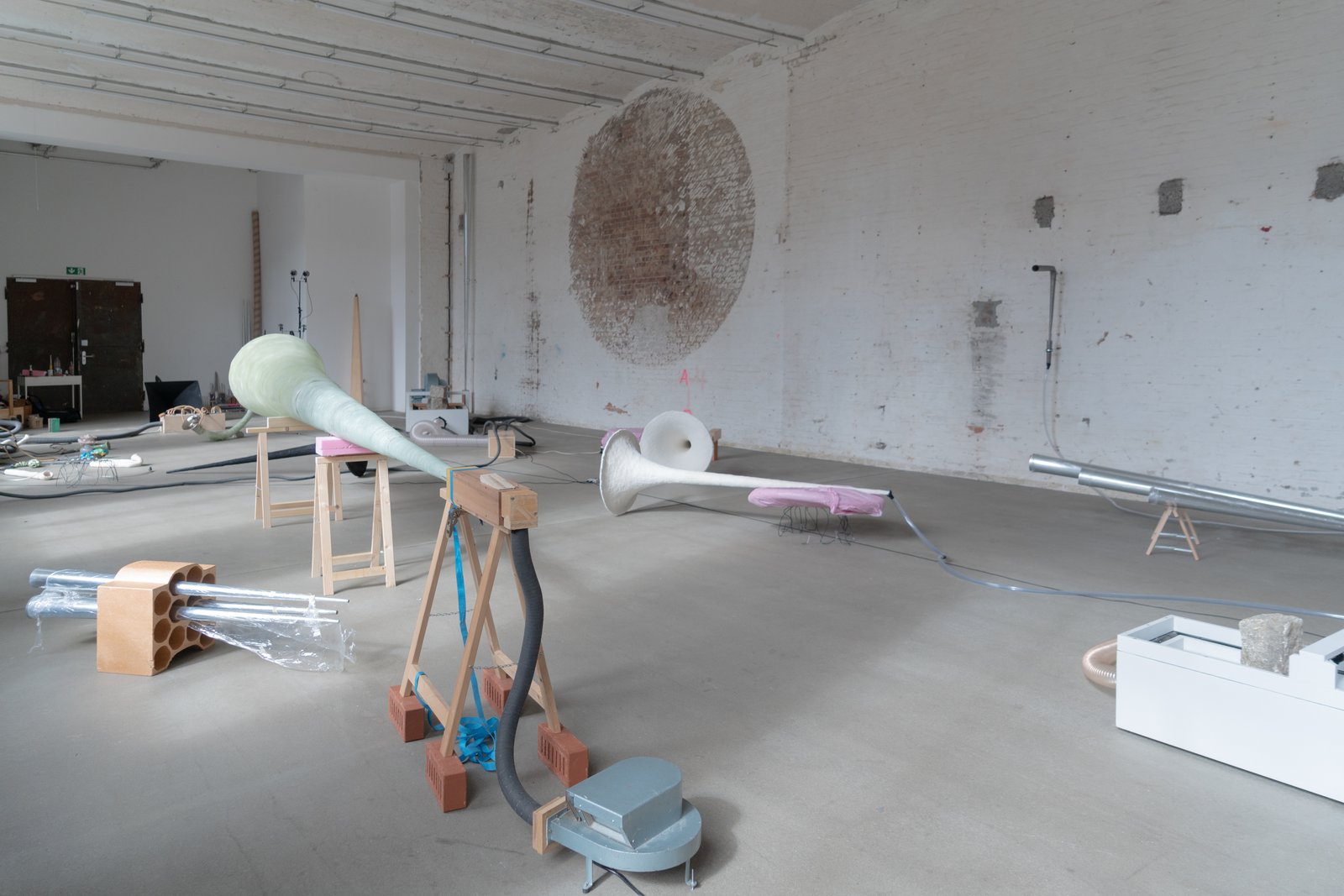
Modular Organ System
Artist Residency at Callie´ Berlin
Picture: Fabian Schubert
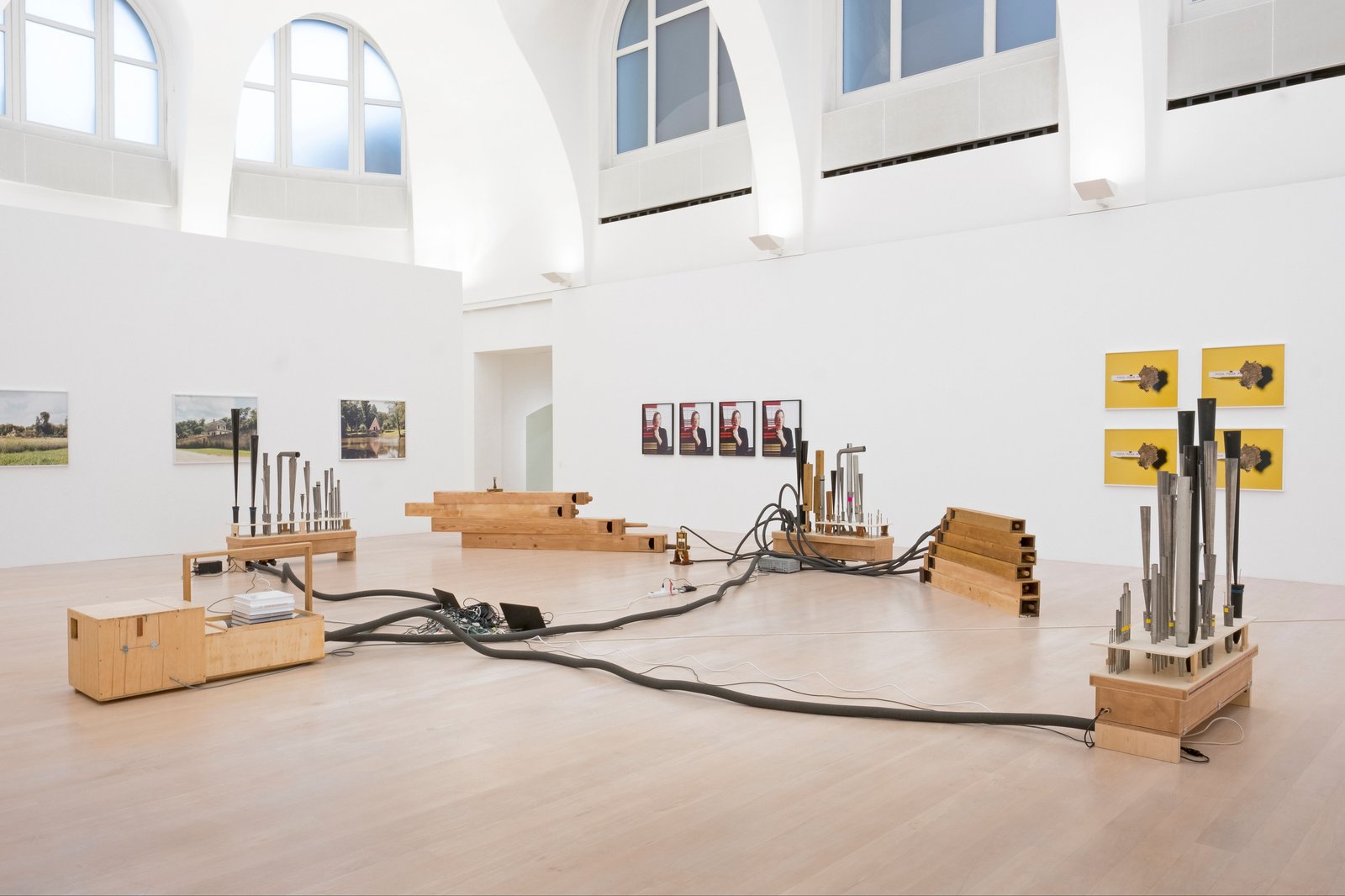
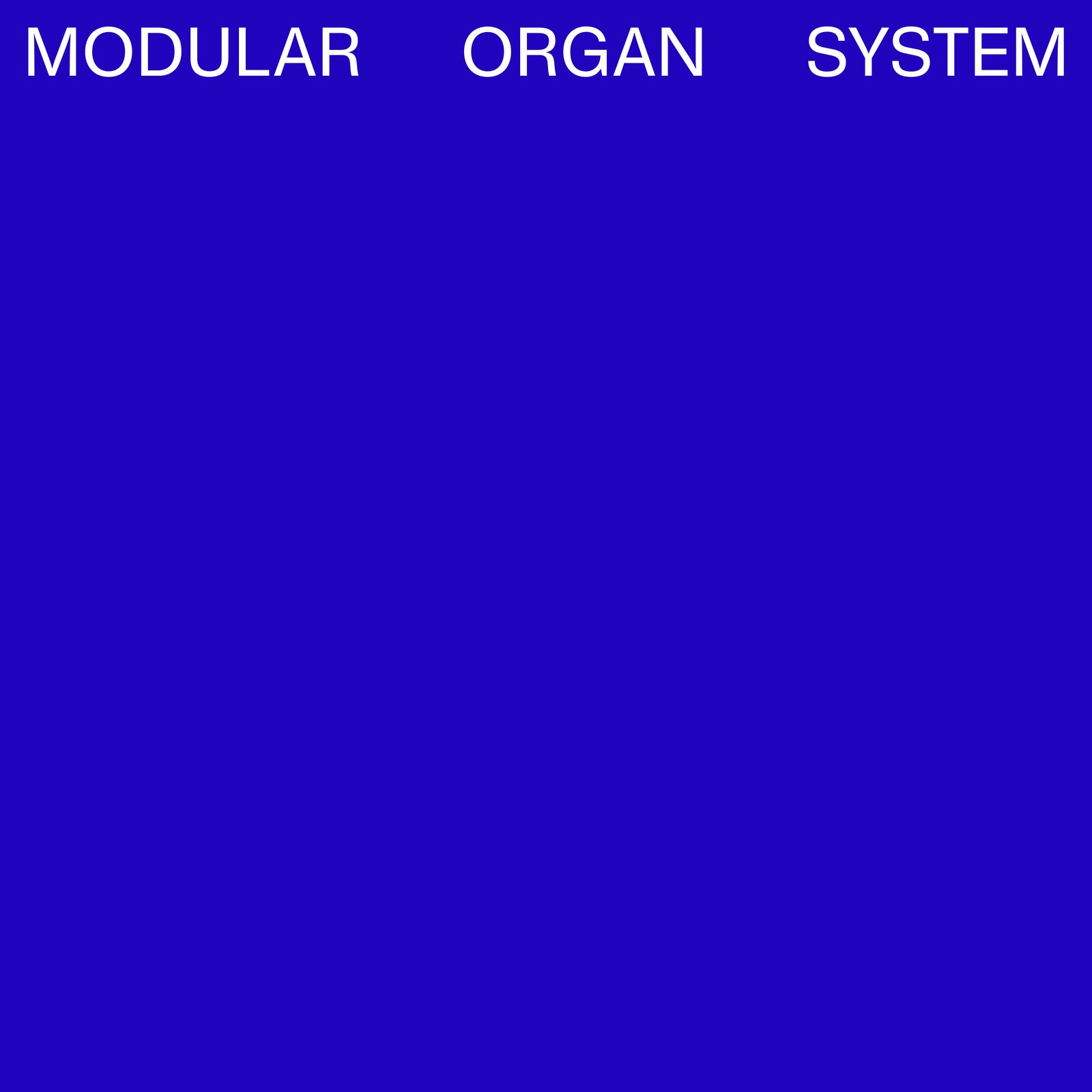
Modular Organ System (12")
Artwork: Dan Solbach
Choose Records 2023
Distribution: https://boomkat.com/products/modular-organ-system
Phillip Sollmann and Konrad Sprenger
Modular Organ System
The hunger for an automated musical instrument for the production of a larger ensemble sound as activated by a single performer seems as old as music itself. As the oldest musical machine, the organ (first as a water or hydraulic instrument) dates to the ancient Greek and Roman periods - after having been reintroduced into Europe in the Middle Ages. The instrument reached its culmination in the enormous theater and symphonic organs of the late 19th and early 20th century resulting in a kind of "proto-synthesizer" which was then supplanted by digital technology. Yet, the tactile and body experience of mechanically produced acoustic sound waves in architectural spaces is not easily replaceable, and the organ has in recent years been increasingly re-examined by contemporary composers and performers.
As a fixed room installation in which the sound producing elements are at great distance from the receiver and mostly out of view, the organ has long seemed desperately in need of re-invention. During the last fifty years as composers and musicians have been increasingly focusing on the acoustic nature of sound production in architectural space, the experience at close range of the sub-vibrations of a long flue pipe or of the high overtone oscillations of organ reeds can be inspirational. It would only be a matter of time before historical organ technology is reimagined as decentralized and spatially re-distributed.
Phillip Sollmann and Konrad Sprenger are both musically at home in cross-genres from experimental composition, non-western traditions to popular and electronic idioms. It is no accident that they bring a fresh and open approach in conceptually and physically "exploding" the organ as an immersive spatial experience. Just as the body's discrete organs function within an organic connective network, Sollmann and Sprenger create an integrated modular system of components composed of air pumps, vibrating elements and resonating tubular chambers which functions both sculpturally as well as acoustically. The musical elements are substantially reduced, permitting the variations in dimensions, materials and overtone content to "speak for themselves". As a visitor, one is invited to navigate a sonic and sculptural landscape in which subtle differences in subjective aural perception enact an individual performance on the part of the visitor. The technologies of sound production are here made visible, as the curious public actively moves in examining and listening to the humming motors, air tubes, pipes and horns of varying shapes and often unconventional materials. Most importantly, the visitor has the impression of being inside an organ itself, rather than listening to it externally.
Indeed, Sollmann and Sprenger have understood the Modular Organ System as an ongoing research project, in which new technologies, materials and performance techniques are being continually developed, tested and implemented. They have collaborated with musicians, visual artists, traditional organ builders, computer programmers and designers in re-thinking technological and historical boundaries of traditional organ systems: the computer control of parameters such as air flow and non-tempered fine-tuning; the role and visual impact of the pipes and bell-horn; the use of synthetic materials as well as relative size and movement within the space, the modular design for set-up, transport and re-combination of elements.
The Modular Organ System represents a model for music composition as a project which encompasses the totality of music-making: as composition, performance practice and tool development in acoustic space.
Arnold Dreyblatt, 2022
